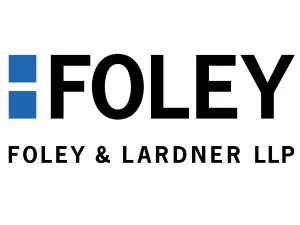- within Government, Public Sector, Coronavirus (COVID-19) and Insurance topic(s)
- with readers working within the Banking & Credit industries
On September 5, 2023, the Centers for Medicare & Medicaid Services (CMS) announced a new all-payor, total-cost-of-care model that is designed to tackle growing health care costs, boost population health functions, and reduce disparities in health outcomes. The model is based on learnings from the Maryland Total Cost of Care model, the Pennsylvania Rural Health Model, and the Vermont All-Payer Accountable Care (ACO) Model.
Up to eight states will be selected by CMS to participate and implement an all-payor model, known as the Advancing All-Payer Health Equity Approaches and Development (AHEAD) model. The model will run for 11 years, commences on one of three start dates, and will conclude in December 2034. Each selected state will receive up to $12 million to implement the model. CMS expects to begin the pre-implementation period for the initial participating states in July 2024.
What are the aims of the AHEAD model?
The total-cost-of-care model seeks to drive state and regional health care transformation and multi-payor alignment. A key goal is improving the total health of a state population and lowering health care costs. With the AHEAD model, CMS is testing how state-led payor alignment efforts can slow the growth of health care costs while propelling transformative change within health care delivery systems. Each participating state will receive targets for Medicare total-cost-of-care growth from CMS; develop its own all-payor targets; and implement strategies to control spending by promoting preventative care and managing site of care costs.
When the application available?
CMS anticipates releasing the notice of funding opportunity in late Fall 2023 followed by a second application period in Spring 2024.
Who is eligible to participate in the AHEAD model?
State agencies with the authority and capacity to enter into an agreement with the Secretary on behalf of their state and accept funding are eligible applicants. These may include a state Medicaid agency, state public health agency, state insurance agency, or other entity with rate-setting or budget authority.
How will hospitals be paid under the AHEAD model?
Participating hospitals will receive prospective fixed payments for traditional Medicare and Medicaid services tied to global budgets. Other participating payors can choose to pay participating hospitals based on a global budget tied to enrollee populations. The global budget methodologies will incentivize participating hospitals to improve performance and increase efficiencies.
How will primary care providers participate in the AHEAD model?
Primary care practices located in a participating state will have the option of participating in the primary care component of the model – the Primary Care AHEAD. Participating primary care practices will receive a Medicare care management fee and will engage in transformation efforts for person-centered care. Practices will be responsible for meeting quality-based performance goals.
Payor/Provider Convergence Blog Series
For additional resources on the intersection of payor/provider convergence and the issues that plague insurance and health companies, payors, and providers, click here to read the other articles in our series.
The content of this article is intended to provide a general guide to the subject matter. Specialist advice should be sought about your specific circumstances.


